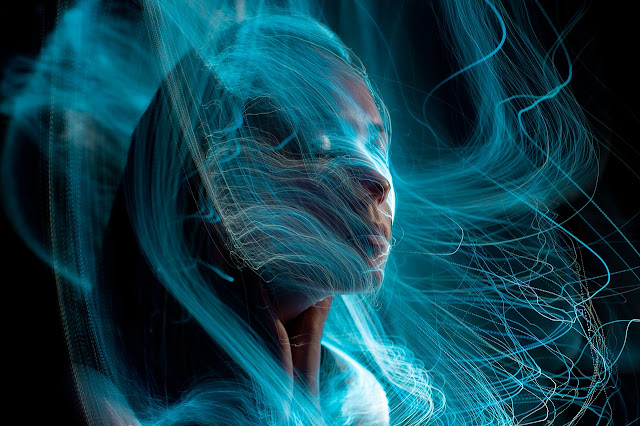Addressing Race in Ballet and Capoeira
By Kate Feinberg Robins, PhD
Not Enough
Racial
equity within ballet and capoeira has always been an important part
of our mission at Find Your Center. It is implicit in everything we
do. The events of the past few weeks have led us to realize that we
need to make this work more explicit:
It is not enough to welcome students of color into our classrooms. We also need to talk with all of our students about why most American ballet schools are so overwhelmingly white.
It is not enough to teach a martial art with African origins. We also need to teach our students how those origins have been obscured and appropriated by white institutions.
It is not enough to be a Black- and woman-owned business. We also need to show our students Black dancers and capoeira masters who they can look up to.
It is not enough for me to use my skills as a cultural anthropologist to communicate competently with families of color. I also need to facilitate discussions of race and diversity in my dance classroom.
Our Commitment
We
believe that race and social justice are relevant in all of the work
that everyone does every day, not just during moments of crisis.
Joining together in protest, advocating for justice, and demanding
humane policies are our duty as citizens, in whatever forms these
actions take for each of us. Beyond this, our
everyday work needs to be guided by respect, compassion, a
willingness to see, and a willingness to listen.
We
are committed to bringing social justice explicitly into our dance
and martial arts curricula from here on out. We want every
student at Find Your Center to be able to express, in age-appropriate
ways, issues of racial inequity in the arts they are learning. All of
our students should be able to appreciate the struggles and
contributions of Black dancers and martial artists, as well as other
marginalized groups.
Teaching Race in the Dance Classroom
As
an anthropologist running a dance school, I recognize that I am
possibly in a unique situation. Most dance teachers are not trained
to facilitate discussions of race. I believe that needs to change,
and I hope that the work we are doing at Find Your Center will help
change it.
Predominantly Black dance schools and companies
like Dance Theatre of Harlem and Alvin Ailey do not have the luxury
of not talking
about race. It is a privilege of predominantly white dance schools to
be able to remain silent. White
dancers cannot continue to put the burden on our students and
colleagues of color to educate us about their experiences. We
need to make sure that our students see. We need to give our students
space to talk respectfully, space to remain silent, and space to
express their complex emotions through movement.
We must
make mistakes—and correct them—in order to learn. This is true in
dance and martial arts, and it is true in discussing race and
inequality. We don’t always know what to say. Sometimes we hurt
each other without realizing it. Our job as teachers is to make our
classrooms supportive spaces where we can call each other out on our
mistakes, correct them, and learn.
Using Dance to Teach and Discuss Race
Art
is a powerful tool for communicating experiences that we don’t know
how to talk about. As an art whose canvas is the body, dance is a
particularly powerful tool for conveying the kinds of unspeakable
acts that we as a society are grappling with now—brutality,
genocide, claiming ownership of other people’s bodies. Dance
performances that address these issues can serve as prompts for
discussions and reflection on racial injustice in churches, homes,
and workplaces, not just dance schools.
Dance is also a
powerful tool for communicating emotions and encouraging children to
express their emotions in productive ways. Some children are
experiencing racial tensions personally and emotionally, while others
have little awareness of them. Dance videos can serve as inspiration,
permission, and an invitation for children to share emotions they may
not understand.
By sharing and valuing the
contributions of Black artists in ballet and capoeira, we also teach
our children to look up to Black role models. We make race visible.
We don’t allow ourselves to look the other way.
Lesson Plans for Teaching Race through Ballet and Capoeira
Stay tuned for more blog posts on how to bring race and social justice into your dance and capoeira classrooms in age-appropriate ways.




Comments
Post a Comment
Thanks for your comment!